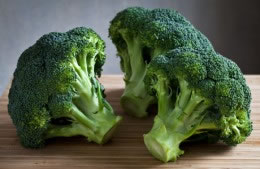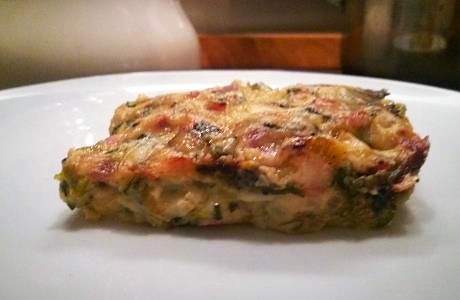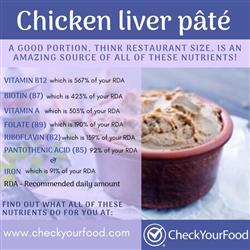Tiny health benefits
Maximise the power of micronutrients in your meals

Share
Tiny health benefits
Everyone’s on the health bandwagon these days, the internet’s awash with sites and blogs promising all sorts of benefits from a maze of different foods, shakes, bars, diets and pills, but do you know the difference between all of the nutrients you are hearing about and know how much to eat? NO?
Then read on…..
Macronutrients
We’ve all heard about proteins, carbohydrates, fat and fibre, but did you know that they are called Macronutrients? That’s because you need them in fairly large amounts.
Micronutrients
Now, everyone’s also heard of vitamins, minerals and other tiny chemicals and these are known as Micronutrients, that’s because they’re the nutrients that you need in very small amounts to protect and maintain your health.
A little history
I like potted histories because they allow you to learn about a wide variety of subjects without too much effort, so what follows is my version of a potted history of micronutrients.
The pot!
- 1747 - The first recorded controlled clinical trial involving micronutrients happened.
- James Lind used citrus fruits to cure sailors with scurvy. From this experiment it was deduced that citrus fruits could be used to prevent scurvy.
- 1933 - However it wasn't until 1933 that vitamin C was isolated and credited with these scurvy healing and prevention powers.
- 1850’s - The necessity for dietary minerals was discovered in the 1850’s when Claude Bernard learned about iron, copper came about 10 years later and zinc about the turn of the century.
- 1912 - The word ‘vitamine’ was coined by the Polish chemist Casmir Funk who isolated thiamin (B1) from food sources as a cure for beriberi.
- 1912 onwards - From here a major period of discovery was embarked upon by epidemiologists, physicians, physiologists and chemists
These people realised that deficiency diseases like beriberi and rickets were due to micronutrient deficiencies rather than diseases caused by infections or toxins.
- 1930 – Essential Amino Acids. The protein molecules we need from our diet that are vital for our bodies to maintain their structure and function known as essential amino acids were identified by William Rose.
- More recently a research scientist from the Fraunhofer Institute for Cell Therapy and Immunology IZI in Leipzig, Germany, has discovered that simple, natural amino acids work better than antibiotics at treating infections, and they do not cause harm to healthy cells in the body.
- 1980’s - Phytochemicals whilst being considered non-essential nutrients could always have been part of the health protection and curative equation but lay undiscovered until the 1980’s.
- Phytochemicals are the chemicals that plants use to protect themselves from disease, bacteria and predators. These chemicals provide similar protective benefits to us when we eat them
Vital amounts
It is now widely understood and accepted by everyone from the Nutrition Research Foundation to the Harvard Medical School that the vital processes that maintain our life and health are enabled by, enhanced by and protected by ‘micronutrients’.
It is also universally agreed that the primary source of micronutrients must come from food as this enables the right balance to be taken in in the most natural form that our bodies have evolved to deal with
- 1940- Much research and effort has gone into the amounts of micronutrients in our daily food giving rise in 1940 to the first publication of the food composition data tables by the UK professors McCance and Widdowson.
- Food composition tables provide an analysis of the amounts of micronutrients present in ingredients.
This was closely followed by the creation of RDA’s (recommended daily amounts of micronutrients from food sources) set by the US Food and Nutrition Board at the Institute of Medicine of the National Academies.
- 1990’s - These RDA’s were updated in the 1990’s and are set not just to avoid deficiency syndromes such as scurvy or rickets, but also to prevent the onset of chronic disease such as cancer, heart disease and Alzheimer’s.
Conclusion
All micronutrient research started with the discovery that vitamin C was a CURE first which then led to it being used to prevent disease.
This discovery of vital micronutrients led to RDA’s (recommended daily amounts) to protect and maintain health.
Now the next step in this equation must be the creation of a tool to enable people to:
- Engage with the science of micronutrients
- See the amounts of micronutrients in their food
- Know how much they require to protect and maintain their health
- Be able to create meals for them and their families that maximise the power of micronutrients.
This is why we created CheckYourFood.com
Join here for FREE and see how you can improve your health by harnessing the power of micronutrients.
Now check these out
Love this? Get blogs and more in your inbox
Subscribe to receive our blogs plus each weeks featured ingredient, recipe and nutrient in your inbox
Thank you for registering

 About nutrients
About nutrients
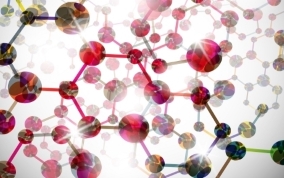 All nutrients
All nutrients
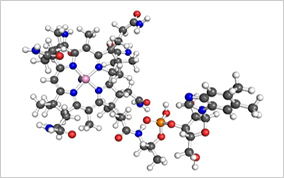 vitamins
vitamins
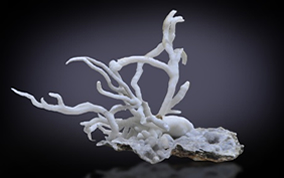 minerals
minerals
 phytochemicals
phytochemicals
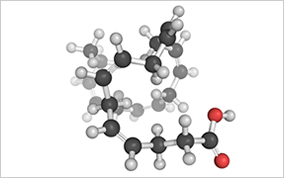 fatty acids
fatty acids
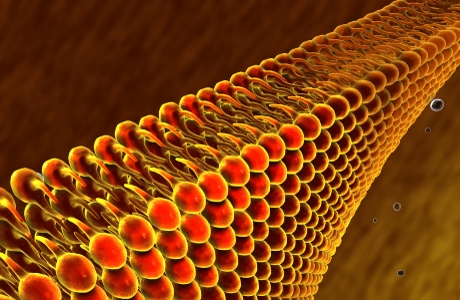 macronutrients
macronutrients
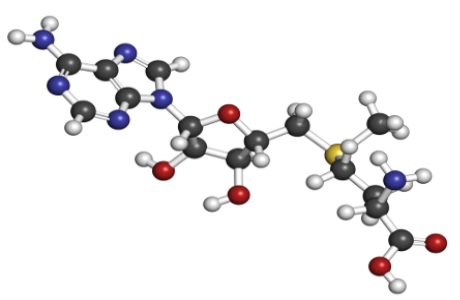 amino acids
amino acids


